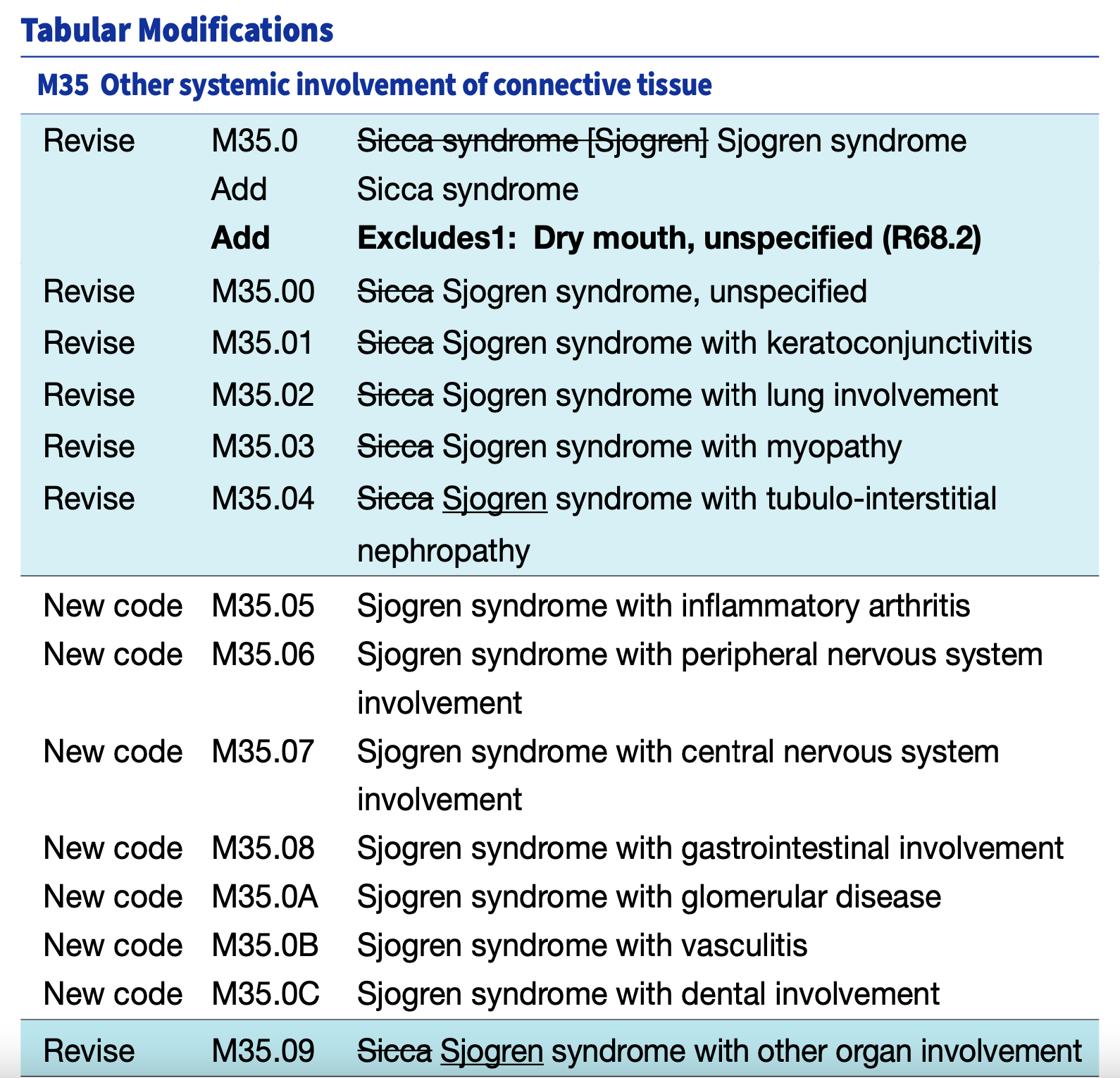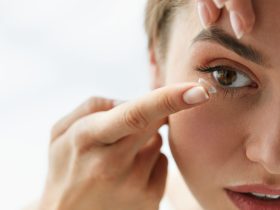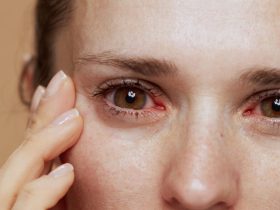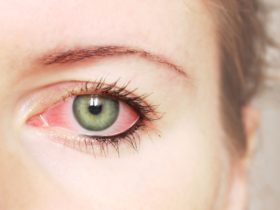ICD-10 code for dry eyes is H04.12. Dry eye syndrome is a common condition affecting millions worldwide.
Dry eye syndrome occurs when your eyes don’t produce enough tears or evaporate too quickly. This condition can cause discomfort, redness, and vision problems. Factors like aging, environmental conditions, and screen time can contribute to dry eyes. Common symptoms include a gritty sensation, stinging, and blurred vision.
Proper diagnosis is crucial for effective treatment, which may include artificial tears, lifestyle changes, or medical interventions. Early detection and care can prevent complications and improve quality of life. Understanding the ICD-10 code H04. 12 helps in accurate medical record-keeping and insurance claims. Always consult an eye specialist for personalized advice and treatment.
Introduction To Dry Eyes
Dry eyes, a common condition, can cause discomfort and vision problems. It occurs when the eyes don’t produce enough tears. Tears keep the surface of the eye moist and clear.
What Is Dry Eyes?
Dry eyes happen when tears evaporate too quickly or the eyes don’t produce enough tears. Tears are essential for maintaining healthy eyes. They provide lubrication, reduce the risk of eye infection, and wash away foreign particles.
- Dry eyes can feel itchy or burning.
- It may cause redness and sensitivity to light.
- Some people may experience blurred vision.
Various factors contribute to dry eyes. These include aging, environmental conditions, and prolonged screen time. Certain medications and medical conditions also play a role.
Prevalence And Impact
Dry eyes affect millions of people worldwide. It is especially common in older adults. Many people experience dry eyes without realizing it.
| Age Group | Prevalence |
|---|---|
| Under 30 | 10% |
| 30-50 | 20% |
| Over 50 | 30% |
Dry eyes can impact daily activities. Reading, driving, or using a computer can become difficult. Persistent dry eyes can lead to complications, like eye infections or damage to the eye surface.
Understanding dry eyes is crucial for finding effective treatments. Proper management can improve quality of life. If you experience symptoms, consult a healthcare provider.
Icd-10 Code For Dry Eyes
Dry eyes can be uncomfortable and annoying. The ICD-10 code helps doctors identify and treat this condition. Knowing the right code is important for accurate diagnosis and treatment.
Definition Of Icd-10
The ICD-10 stands for the International Classification of Diseases, 10th Revision. It is a system used by healthcare providers. This system helps classify and code all diagnoses, symptoms, and procedures.
ICD-10 codes are used worldwide. They ensure consistency in diagnosing and treating patients. They are essential for medical billing and insurance purposes.
Specific Code For Dry Eyes
The specific ICD-10 code for dry eyes is H04.12. This code falls under the category of disorders of lacrimal system.
Here is a table that provides more details:
| ICD-10 Code | Description |
|---|---|
| H04.121 | Dry eye syndrome of right lacrimal gland |
| H04.122 | Dry eye syndrome of left lacrimal gland |
| H04.123 | Dry eye syndrome of bilateral lacrimal glands |
Using the correct code helps provide the best care. It ensures precise diagnosis and treatment plans.
Common Symptoms
Dry eyes, known medically by the ICD-10 code H04.12, present various symptoms. Understanding these symptoms helps in identifying and seeking proper treatment.
Visual Discomfort
People with dry eyes often experience visual discomfort. This can include a sensation of grittiness or feeling like there is sand in the eyes. Many also report blurred vision, which can come and go. The eyes may feel tired after reading or using a computer. Light sensitivity is also common, making it hard to stay in bright environments.
Redness And Irritation
Redness and irritation are frequent symptoms of dry eyes. The eyes might appear red or bloodshot. This can be due to inflammation or reduced tear production. Itchy eyes are another common symptom. Some might feel a burning or stinging sensation. This irritation can make it difficult to focus on tasks.
| Symptom | Description |
|---|---|
| Visual Discomfort | Grittiness, blurred vision, tired eyes, light sensitivity |
| Redness and Irritation | Red eyes, itching, burning sensation, stinging |
It is essential to recognize these symptoms early. Early detection can lead to better management and relief.

Credit: www.researchgate.net
Causes Of Dry Eyes
Dry eyes can be uncomfortable and irritating. Understanding the causes can help manage and prevent this condition. There are several factors that contribute to dry eyes.
Environmental Factors
Environmental factors play a significant role in causing dry eyes. The air around us can impact eye moisture.
- Wind: Wind can dry out your eyes quickly.
- Dry Air: Air conditioning and heating can reduce humidity, leading to dry eyes.
- Screen Time: Staring at screens reduces blinking, which can cause dryness.
Protecting your eyes from these elements is essential. Use humidifiers and take breaks from screens.
Medical Conditions
Several medical conditions can lead to dry eyes. These conditions often affect tear production or eye surface.
| Condition | Effect |
|---|---|
| Sjögren’s Syndrome | Reduces tear production, causing dry eyes. |
| Diabetes | Can damage nerves that control tear production. |
| Thyroid Disorders | Affects the glands that produce tears. |
Regular check-ups can help detect and manage these conditions. Proper treatment can alleviate dry eyes.
Diagnosis Process
Identifying dry eyes accurately is crucial for effective treatment. The diagnosis process involves several steps, ensuring a thorough examination and precise results. This section outlines the key stages of diagnosing dry eyes, focusing on initial examination and advanced testing.
Initial Examination
The initial examination is the first step in diagnosing dry eyes. During this stage, the eye doctor will ask about your symptoms and medical history. It’s important to mention any discomfort, blurred vision, or sensitivity to light.
The doctor will perform a comprehensive eye exam. This includes checking the surface of your eyes and the quality of your tears. The exam may involve:
- Visual acuity test
- Slit-lamp examination
- Assessment of tear film
These tests help identify any abnormalities on the eye surface. They also check the stability of the tear film.
Advanced Testing
If dry eyes are suspected, advanced testing may be required. These tests provide more detailed information about tear production and eye health. Some common advanced tests include:
- Schirmer Test: Measures tear production using special paper strips.
- Tear Break-Up Time (TBUT): Evaluates how long the tear film remains stable.
- Ocular Surface Staining: Uses dyes to highlight damage or dryness on the eye surface.
Advanced testing helps in understanding the severity of dry eyes. It also aids in creating a personalized treatment plan.
| Test | Purpose | Method |
|---|---|---|
| Schirmer Test | Measures tear production | Special paper strips |
| TBUT | Evaluates tear film stability | Observation after dye application |
| Ocular Surface Staining | Highlights eye surface damage | Dye application and examination |
Understanding these tests can help patients feel more at ease. It’s essential to follow the doctor’s recommendations for accurate diagnosis and effective treatment.
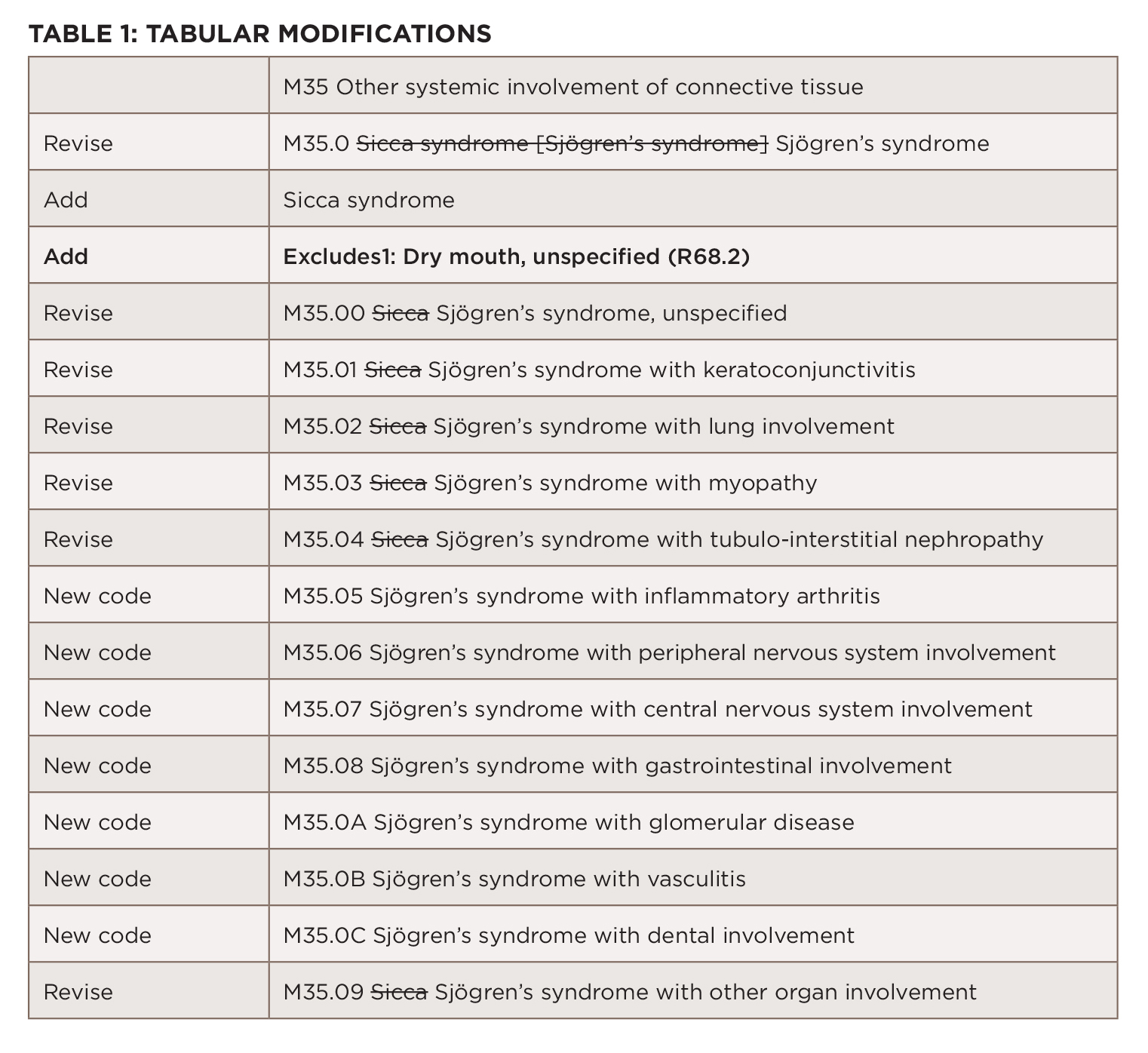
Credit: www.the-rheumatologist.org
Treatment Options
Dry eyes can be uncomfortable and may affect daily activities. Thankfully, there are many treatment options available. These options range from simple lifestyle adjustments to medical interventions. Below are some effective methods to manage dry eyes.
Lifestyle Adjustments
Small changes in daily habits can help reduce dry eyes. Here are some tips:
- Hydrate: Drink plenty of water daily.
- Avoid Smoke: Stay away from smoking areas.
- Use Humidifiers: Add moisture to the air in your home.
- Take Breaks: Rest your eyes during long screen time.
- Wear Sunglasses: Protect your eyes from wind and sun.
Medical Interventions
If lifestyle changes aren’t enough, medical treatments can help. Here are some common options:
| Treatment | Description |
|---|---|
| Artificial Tears | Lubricating drops to keep eyes moist. |
| Prescription Eye Drops | Medicated drops to reduce inflammation. |
| Punctal Plugs | Small devices inserted into tear ducts to retain moisture. |
| Warm Compresses | Warm cloth on eyes to increase oil production. |
| Omega-3 Supplements | Fish oil capsules to improve eye health. |
Combining lifestyle adjustments with medical treatments can provide relief. Always consult an eye specialist for personalized advice.
Preventive Measures
Dry eyes can cause discomfort and affect daily activities. Taking preventive measures can help reduce the risk of developing dry eyes. Here are some practical tips to keep your eyes healthy and hydrated.
Daily Habits
Simple daily habits can make a big difference in preventing dry eyes. Incorporate these into your routine:
- Blink often when using screens. This helps keep your eyes moist.
- Stay hydrated by drinking plenty of water throughout the day.
- Use a humidifier at home. This adds moisture to the air.
- Take breaks from screens every 20 minutes. Look at something 20 feet away for 20 seconds.
- Eat foods rich in Omega-3 fatty acids, like salmon and flaxseeds.
Protective Eyewear
Wearing the right protective eyewear can shield your eyes from dryness. Consider the following options:
| Type of Eyewear | Benefits |
|---|---|
| Sunglasses | Protects from wind and UV rays. |
| Goggles | Useful in windy or dusty environments. |
| Blue light glasses | Reduces eye strain from screens. |
Investing in quality eyewear can help maintain your eye health.
Living With Dry Eyes
Living with dry eyes can be challenging. It affects your daily life and comfort. The medical term for dry eyes is ICD-10 code H04.123. This condition is common and treatable. By understanding how to manage it, you can improve your quality of life.
Managing Symptoms
Managing dry eyes involves simple daily habits. Here are some tips:
- Use artificial tears or lubricating eye drops.
- Take breaks from screens to rest your eyes.
- Wear sunglasses to protect your eyes from wind and sun.
- Stay hydrated by drinking plenty of water.
- Use a humidifier to add moisture to the air.
These steps can reduce discomfort and keep your eyes healthy. It is crucial to follow these tips consistently.
Support And Resources
Support and resources are vital for coping with dry eyes. Here are some available options:
| Resource | Description |
|---|---|
| Ophthalmologist | Specializes in eye care and treatment. |
| Support Groups | Connects you with others facing similar issues. |
| Online Forums | Provides a platform to share experiences and tips. |
| Educational Websites | Offers information on managing and treating dry eyes. |
These resources offer valuable information and support. They can help you better understand and manage your condition.
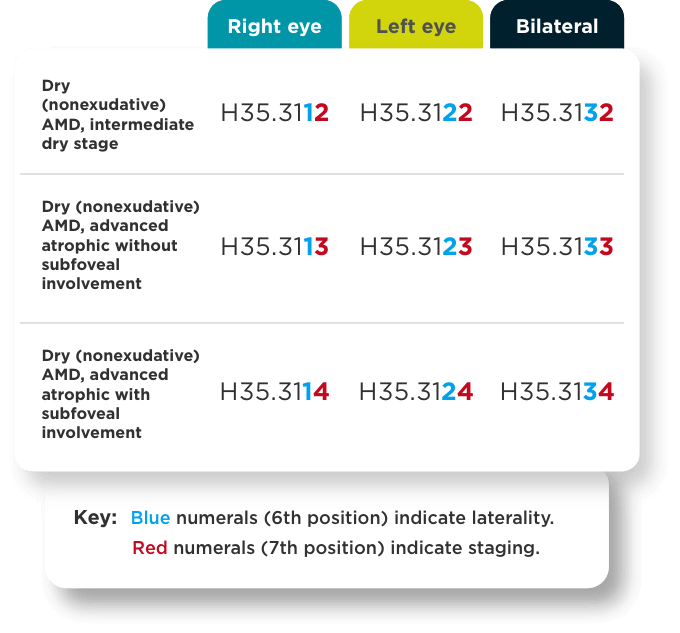
Credit: seegadifferently.com
Frequently Asked Questions
What Is The Icd-10 Code For Dry Eyes?
The ICD-10 code for dry eyes is H04. 123.
How Common Are Dry Eyes?
Dry eyes are very common, affecting millions worldwide.
What Causes Dry Eyes?
Dry eyes can be caused by aging, medications, or environmental factors.
How Is Dry Eye Diagnosed?
Doctors diagnose dry eye through patient history and eye exams.
What Are The Treatments For Dry Eyes?
Treatments include artificial tears, prescription medications, and lifestyle changes.
Conclusion
Understanding the ICD-10 code for dry eyes helps in accurate diagnosis and treatment. Proper coding ensures effective communication among healthcare providers. Always consult with a healthcare professional for personalized advice. Stay informed and proactive about eye health to maintain optimal vision and comfort.

